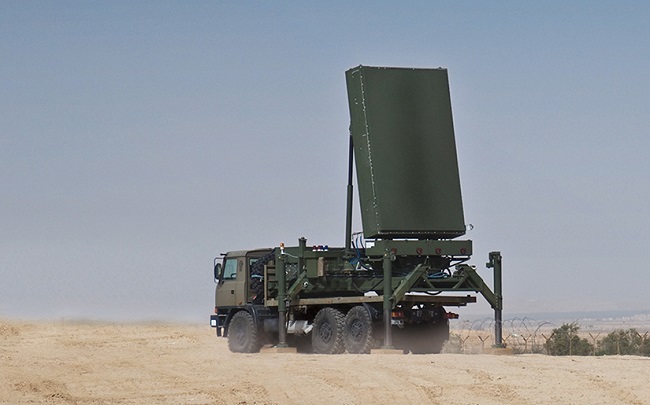
Starting on 14 April, the United Arab Emirates deployed the ELM-2084 MMR (Multi-Mission Radar) at its air base in Bosaso, in the autonomous region of Puntland, located in north-eastern Somalia.
The Emirati presence in Bosaso has been documented since 2012, when Abu Dhabi forces began training Puntland's maritime police forces. Growing interests in the region and increased Emirati funding (mainly for port infrastructure) led to the creation of a military base in 2022.
The radar is a system produced by the Israeli company IAI ELTA Systems, known as the ‘heart’ of the IRON DOME system and one of the most versatile technologies in the field of air defence and C-RAM (Counter Rockets, Artillery and Mortar). The deployment of the ELM-2084 at the Bosaso base aims to strengthen air and maritime surveillance, with the main objective of protecting Abu Dhabi's interests in the region.
In particular, the objective is to safeguard investments in the port of Bosaso; in 2017, the Emirati company DP World, through its subsidiary P&O Ports, signed a 30-year contract to redesign and modernise the port of Bosaso. The choice of location is no coincidence: Puntland overlooks the Gulf of Aden, a vital corridor for global trade and a crossroads between the Indian Ocean and the Red Sea. The radar contributes to the safety of commercial shipping, which is currently threatened by missile and drone attacks launched by Houthi rebels, as well as by the risks associated with piracy and the presence of local jihadist groups such as Al-Shabaab. The installation of such a system in the strategically important region of Puntland raises numerous geopolitical and military considerations.
The ELM-2084 is a highly valuable operational asset: an S-band AESA (Active Electronically Scanned Array) radar capable of simultaneously tracking thousands of air, missile or artillery targets (as already demonstrated by Israel), with a range of approximately 470 km. The ELM-2084 stands out for its ability to combine air defence and artillery tracking in a single compact platform. Its digital architecture and GaN (gallium nitride) modules also ensure high performance even in hostile climatic environments such as those found in Puntland.
Operationally, the ELM-2084 could perform a variety of functions, from detecting small drones and Houthi boats in the Gulf of Aden to supporting counter-insurgency operations against Al-Shabaab and the growing threat of the Islamic State in the mountainous region of Cal Miskaat. The deployment of an Israeli-made radar is not just a technical choice. Since the 2020 Abraham Accords, cooperation between the United Arab Emirates and Israel in the military and technological fields has intensified.
The use of the ELM-2084 in Somalia highlights the scope of this agreement and Abu Dhabi's growing access to cutting-edge systems not available to regional rivals such as Qatar or Turkey. The arrival of the Israeli radar strengthens the Emirati footprint in Somalia, but risks exacerbating tensions between the central government in Mogadishu and the autonomous administration of Puntland. The latter, historically inclined to claim greater independence, has consolidated ties with Abu Dhabi since the fight against piracy in the 2000s. Direct cooperation between the Emirates and local authorities, bypassing the federal government, could be seen as a sign of implicit support for Puntland's autonomy.
The deployment will also have repercussions at the regional level. It could push rival actors, such as Turkey (which has a military presence in Mogadishu) or Qatar, which maintains strong relations with pro-government factions in Somalia, to increase their influence in Somalia. The reaction of Ethiopia and Djibouti, which are also involved in a complex power struggle over control of the Red Sea, will need to be monitored closely. The deployment of the ELM-2084 in Puntland therefore represents a turning point for the UAE's strategic projection in the Horn of Africa, but not only that.
In addition to consolidating control over a crucial maritime crossroads, the operation testifies to the transformation of the Emirates from an economic player to a regional military power equipped with cutting-edge technology. It also demonstrates the strong cooperation between Tel Aviv and Abu Dhabi, including from a strategic point of view.
It is yet to be determined how the Emirates will exploit this new and important resource and whether they will be able to balance security and stability in a context marked by external interference and institutional fragility, or whether the strengthening of Emirati operational capabilities in the region will only fuel new instability.
(Photo: ELM-2084 MMR radar. Source: IAI)








.png)
